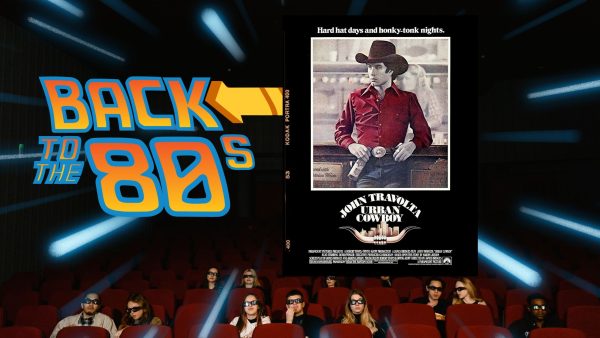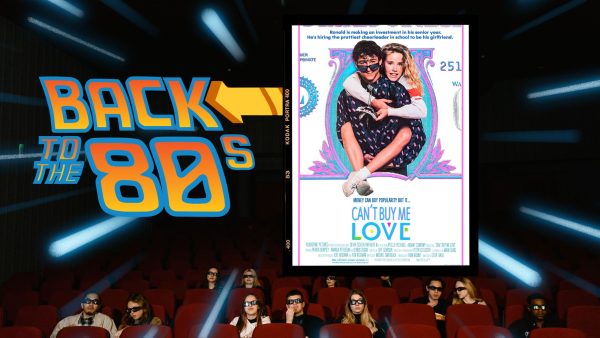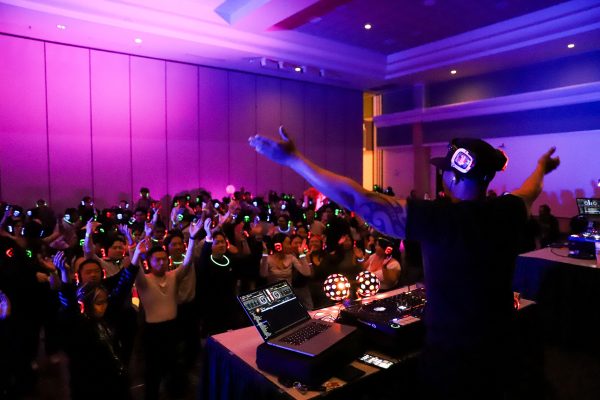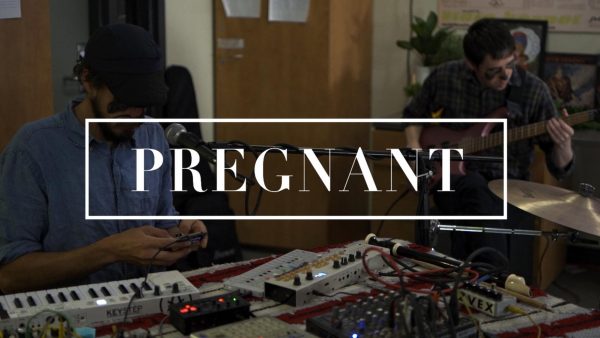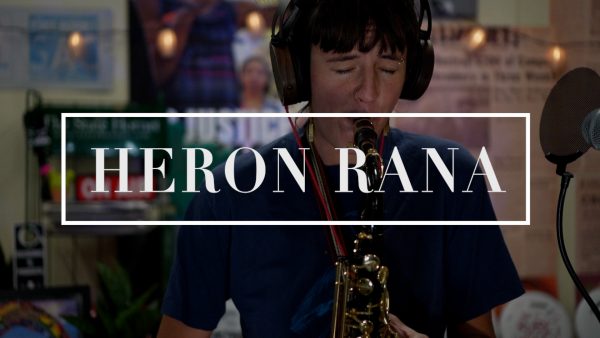‘House at the End of the Street’ has few surprises
September 26, 2012
“House at the End of the Street” begins with a jolt—the screen flashes white to the tune of a jarring chord that seems to say, “Boo!”
The horror-thriller aims to bank on Jennifer Lawrence’s star power as the it-girl heroine from “The Hunger Games,” touting itself as a nail-biting entry into the “final girl” genre. In that category of films, a lone female is left standing to confront the antagonist. Lawrence plays Elissa, a teen moving in with her newly divorced mother (Elisabeth Shue) to a quaint house in a woodsy small town. From introductions to other members of the community they soon learn of horrific events that happened in the mysterious house next door. A few years ago, a girl murdered her parents in their beds. The girl was never seen or heard from again, but the townspeople believe that the girl has since been dead from drowning in a nearby river, though the body was never found. There is one sole survivor left of the house—the reclusive Ryan (Max Theriot), the girl’s brother. Drawn to his brooding nature, Elissa makes a connection with him and, against the concerned wishes of her mom, begins a relationship with him.
Of course, Ryan is hiding something—in the basement of his house, to be exact. His sister is very much alive, drugged up and locked away so as not to be a danger to the outside world. However, she finds ways to escape.
“House at the End of the Street” has its share of jumpy moments, such as when Elissa discovers the basement hideout, and creepy point-of-view shots. Ultimately, though, the film fails to satisfy, considering the winding plot, stilted dialogue, and jerky visual effects.
After the revelation that Ryan’s sister is not actually dead, the movie starts to lose steam, instead of mounting tension. The script does not seem to know which point to focus the audience’s anxieties on, whether it is the threat of the killer on the loose, Ryan’s sketchy nature, or the fraught-with-danger relationship of Ryan and Elissa. The intensity of the buildup to the secret of the haunted house does not match the big reveal, which unravels with plot twist piled on top of plot twist.
The film also wades into territory that has been continually used by many horror movies. Situations like a character walking out of the house after an unseen boogeyman knocks on the door, as well as an unsuspecting character walking right into a trap are familiar retreads.
The dialogue is unimaginative, with lines like “He’s really sweet, and sad, and he’s all by himself in this big house.”
Director Mark Tonderai employs a bevy of visual effects such as shaky camera and out-of-focus shots to heighten the tension, but they come off as excess. The shaky camera effect is used even in simple scenes like at Elissa’s high school, giving off a dizzying result. To hold the audience in suspense, in one scene the camera goes pitch black and leaves the audience in the dark, but by that point, one feels there is no reason to be in the dark.
The actors do well enough with the material they have to work with. Lawrence, an Oscar-nominated actress, has a charismatic screen presence and is a natural fit for the toughness of the role, but not enough depth is given to her character.
“House at the End of the Street” has clever psychological ideas and tries to do homage to the iconic horror movie “Psycho,” but falls short at echoing that film’s suspense. Somewhere along the street, the film falls prey to horror movie convention.
Christine can be reached at: [email protected]





































































































































